MORTAL KOMBAT (1995)
Three unknowing martial artists are summoned to a mysterious island to compete in a tournament whose outcome will decide the fate of the world.
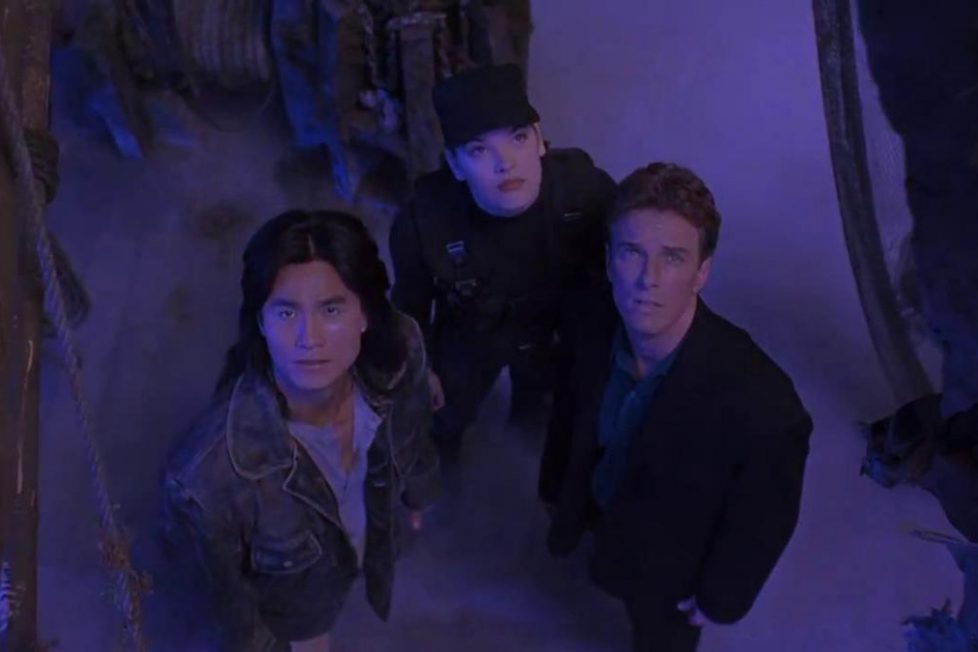
Three unknowing martial artists are summoned to a mysterious island to compete in a tournament whose outcome will decide the fate of the world.


Dawn of Time: The One Being is felled by the Elder Gods, carved with the Kamidogu into the realms of our multiverse. Antiquity: War threatens to restore the realms establishing the tournament of Mortal Kombat. Nine Generations Ago: the Great Kung Lao fails as Earth is primed to be conquered. 1993: Super Mario Bros. 1994: Double Dragon. 1995: Street Fighter. They all sucked. But Mortal Kombat promised to be different…
It may sound like I’m introducing The Lord of the Rings, but this retrospective covers a production history as wild as the video game’s mythology. Mortal Kombat, both the 1991 arcade classic and 1995 movie, follows a simple pitch: Enter the Dragon (1973) meets Dungeons & Dragons. Three protagonists—vengeful monk Liu Kang (Robin Shou), tough soldier Sonya Blade (Bridgette Wilson), and Hollywood actor Johnny Cage (Linden Ashby)—arrive on a mysterious island to compete for the fate of their world against villainous sorcerer Shang Tsung (Cary-Hiroyuki Tagawa).
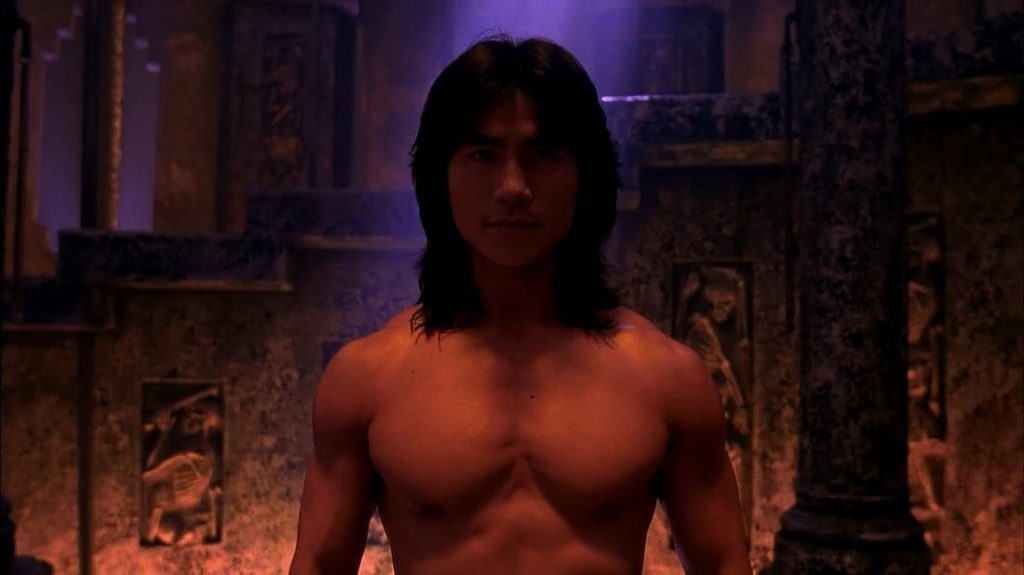
Kevin Droney had only a few TV credits before penning Mortal Kombat before his video game adaptation of Wing Commander (1999) flopped and ended his career. British director Paul W.S Anderson had only made one film, Shopping (1994), for around £100,000, but happened to spend his time between meetings in the arcade playing Mortal Kombat. Producer Lawrence Kasanoff was behind the likes of C.H.U.D II: Bud the Chud (1989) and Ghoulies Go to College (1990), but his true talent was in marketing, as he merchandised a fortune from Terminator 2: Judgment Day (1991).
One of Kasanoff’s golden geese was the impeccable T2 rail shooter, produced with Midway Games, who happened to show Kasanoff another arcade title they were excited about: Mortal Kombat. He instantly described it as “a whole phenomenon” to be explored “in every medium in the world”.
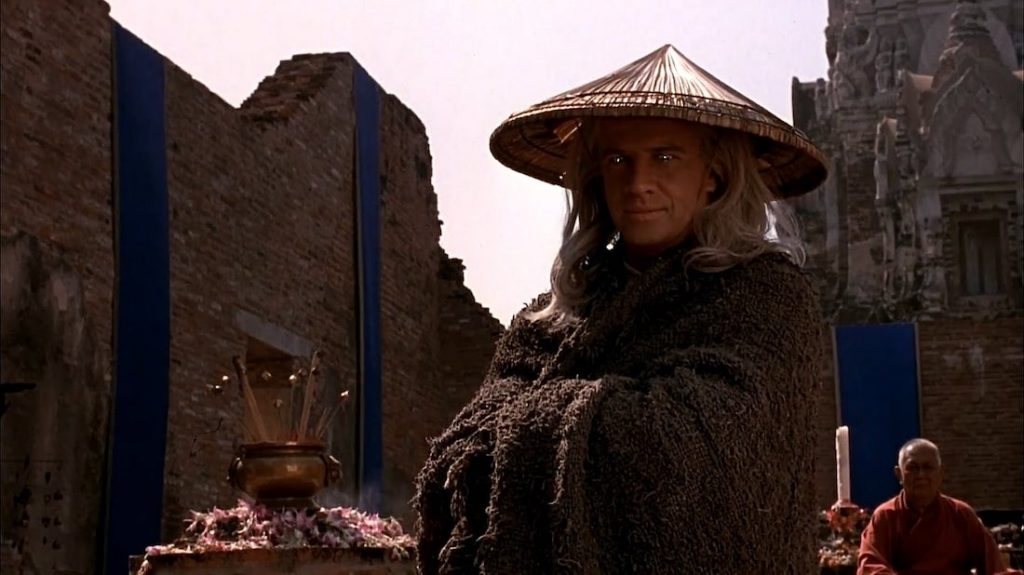
Modern video games have since taken on a cinematic quality but the origins of Mortal Kombat lie in brief character bios scrolling by when nobody was playing. Retooling an arcade fighter into a clear narrative was a challenge solved by the cyclical influences of Hong Kong action cinema.
Droney’s script is often formulaic: characters use their full names and talk about their motivations. God and mentor Rayden (Christopher Lambert) delivers clunky exposition, matched only by an incredulous Cage (“I give up, what’s going on?”) Worse is a meandering first act of our heroes going to ask Princess Katana (Talisa Soto) more questions, which they never even accomplish. It’s information that should have been distributed during the second act’s fights sequences, instead of being so front-loaded.
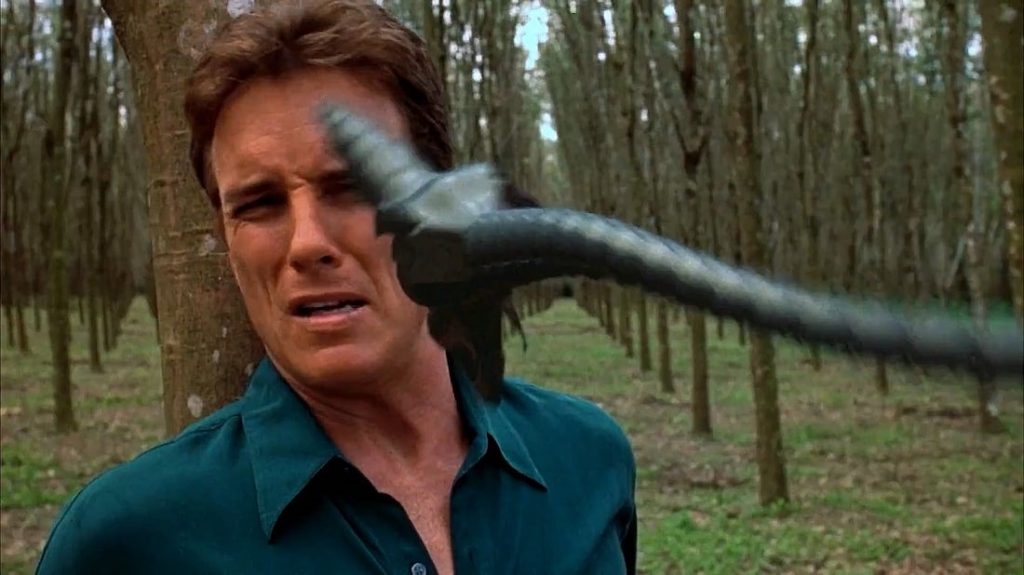
Anderson honed his directing skills using an unfinished script and one can sense his evolution during the project. There are impressive practical effects and fantastical locations, but every scene is bookended with stage-like entrances and exits, the island is impossible to map with vivid but disconnected set-pieces, and the action reflects the high-impact kung fu of the game… but it’s obvious which ones posed an initial challenge.
Shou admits that Anderson attempted to shoot fights entirely in master shots which exhausted the actors until they cracked and asked if he knew what close-ups were! A member of a test audience complained there wasn’t even enough combat in Mortal Kombat, so the ‘Cage vs. Scorpion’ and ‘Kang vs. Reptile’ scenes are late additions that highlighted the action with superior coverage, slicker choreography, and better fatalities.
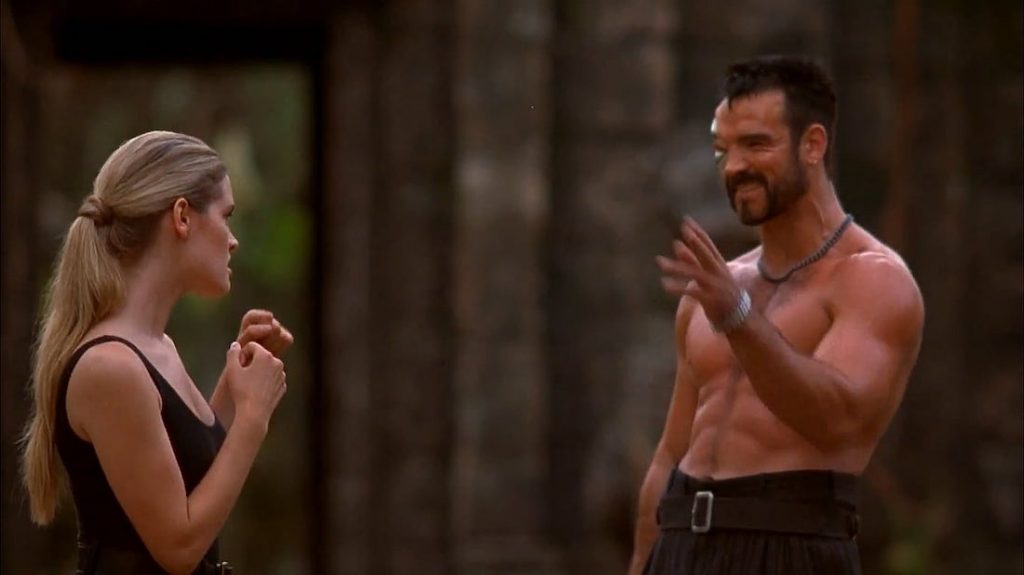
Anderson’s best decision was allowing ad-libs to lighten up the dense exposition-heavy script, without which we’d never have heard lines like “those were $500 sunglasses, asshole”. A great move given the ensemble was entirely recast early on. Cameron Diaz had just finished The Mask (1994) and New Line Cinema started her martial arts training until a broken wrist took her out of the running; Steve James died of pancreatic cancer before production began; Brandon Lee was infamously killed while making The Crow (1994), and Jean-Claude Van Damme turned Mortal Kombat down to instead star in rival adaptation Street Fighter. The absence of JCVD is ironic because game developer Midway originally intended to release a Universal Soldier (1992) video game, but when the license fell through they repackaged some ideas into what became Mortal Kombat!
Star-power may have been lacking from the actors who took on these roles, but each does a commendable job considering the ridiculousness of each character. Wilson tries her best with an awkwardly written Sonya, fulfilling her revenge arc an hour in and then being relegated to damsel-in-distress duties. And it’s saddening to note how little impact Shou had in Hollywood after this film, as his martial arts prowess is backed up by genuine charm. He appeared in around 40 Hong Kong movies before moving to the US (and was even trained by Jackie Chan), but his skills were better utilised abroad.
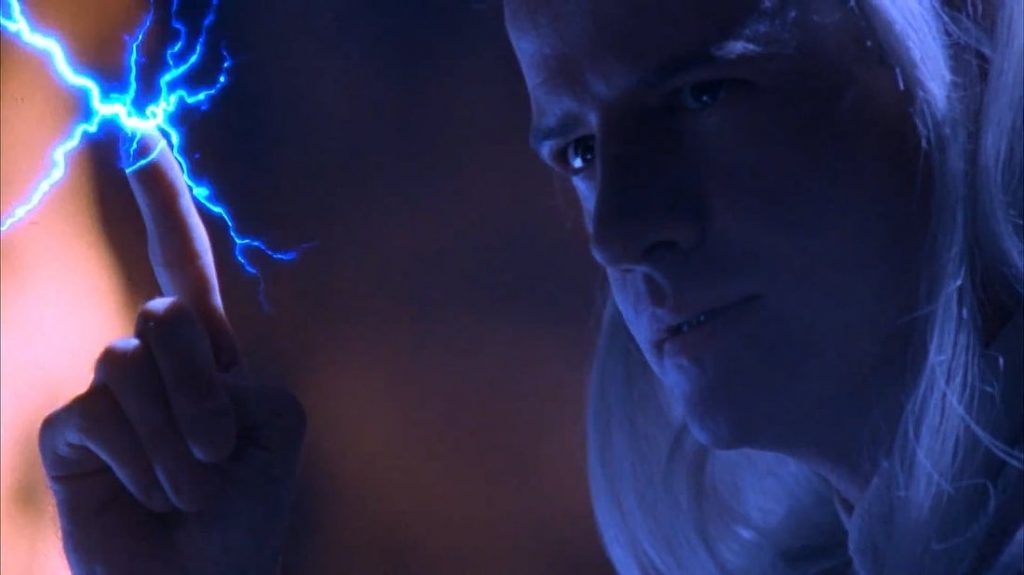
It’s also strange to see Christopher Lambert playing a weird white guy revered by Asian monks, yet not given any action himself, but at least Lambert is strange enough to feel outside of human norms. Lambert’s five-week contract prohibited him from an extensive Thailand production but, as Anderson considered how to get around this problem in post-production, Lambert decided to go anyway for free. He even paid for the wrap party!
Two characters Anderson had real trouble with were Reptile and Goro. The former’s CGI inclusion was uncertain until test screenings demanded more fights, and the difficulty of bringing the four-armed Goro to life cost $1M and took 13-15 puppeteers to wrestle control of the colossal animatronic created by Amalgamated Dynamics.
It’d be criminal not to mention the iconic soundtrack, too, which goes a long way in cementing the impact this film had amongst teenagers of the mid-1990s. It’s now impossible to imagine Mortal Kombat without Techno Syndrome’s iconic wailing of the title. The Immortals actually produced the track as a single in 1993 (which was then packaged into 1994’s release of Mortal Kombat: The Album to coincide with the release of the game on home consoles).
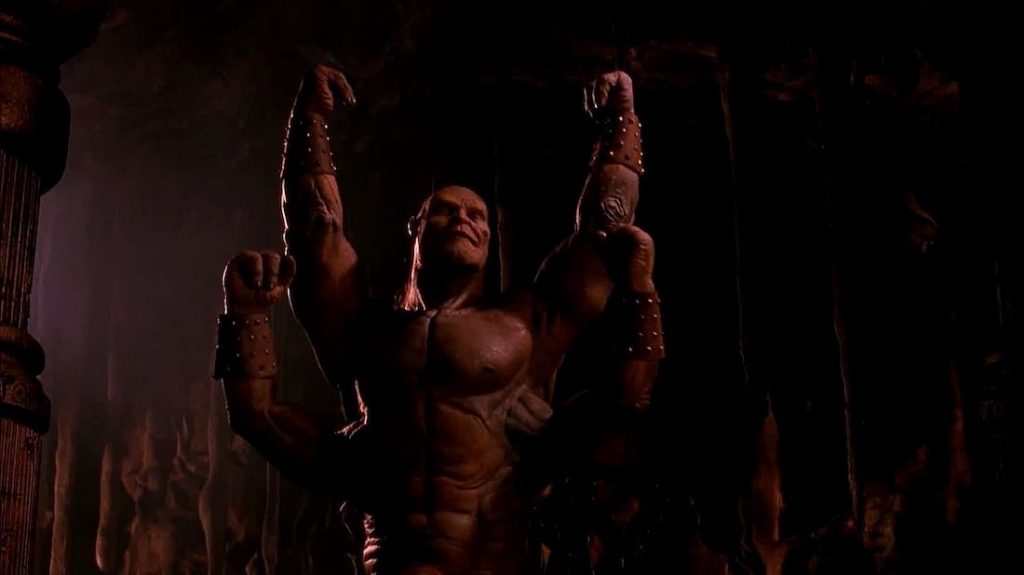
On a budget of $18M, Mortal Kombat blew all expectations by grossing $122M at the box office, proving Kasanoff right that Midway had crafted a saga too big for just arcades. He believed “the video game is the first incarnation of some story that exists” and he chased that belief with an animated prequel called Mortal Kombat: The Journey Begins (1995) and an animated series called Mortal Kombat: Defenders of the Realm (1996). The actual sequel to this film, Mortal Kombat: Annihilation (1997), was far from a flawless victory, however. Doubling the budget but only taking $51M at the box office, the absence of Paul W.S Anderson and recasting most of the characters didn’t help its fortunes.
The grand tournament couldn’t be stopped, though. A live-action series Mortal Kombat: Conquest (1998) soon followed, there was a well-received web series called Mortal Kombat: Legacy (2011), and the animated movie Mortal Kombat Legends: Scorpion’s Revenge (2020) was released only this year.
A remake of Mortal Kombat is now scheduled for release in 2021, directed by Australian newcomer Simon McQuoid, starring Jessica McNamee (as Sonya), Hiroyuki Sanada (as Scorpion), and Mehcad Brooks (as Jax). And Kasanoff is still attached after 25 years.
USA | 1995 | 101 MINUTES | 1.85:1 | COLOUR | ENGLISH

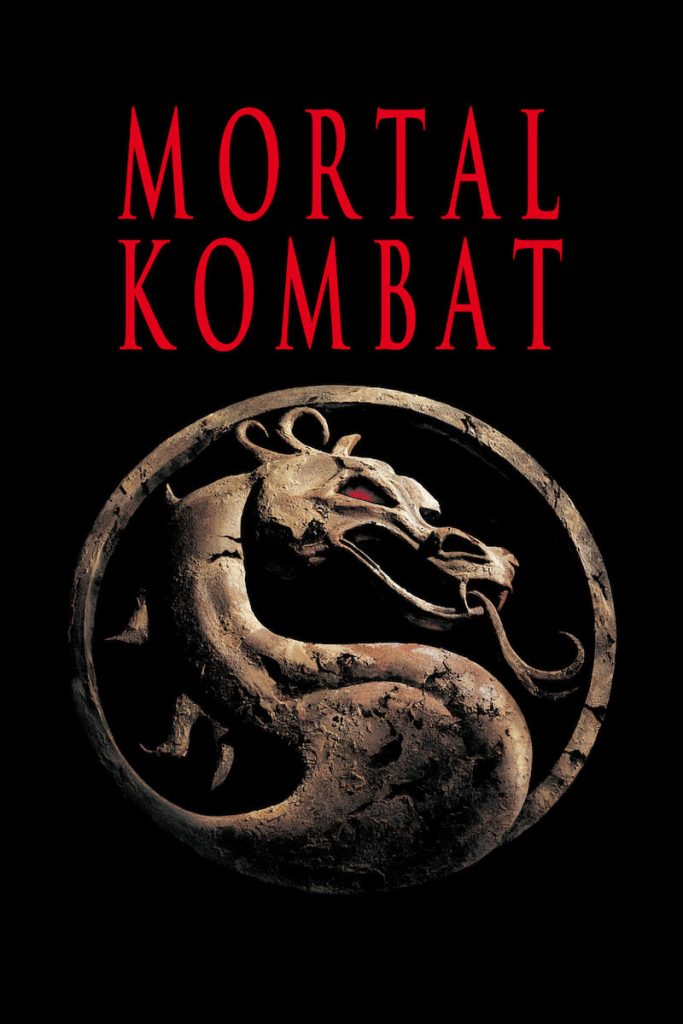
director: Paul W.S Anderson.
writer: Kevin Droney (based on the video game by Midway Games).
starring: Linden Ashby, Cary-Hiroyuki Tagawa, Robin Shou, Bridgette Wilson, Talisa Soto & Christopher Lambert.
